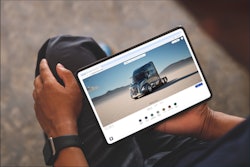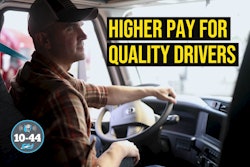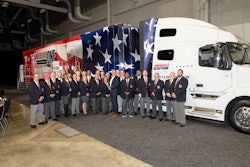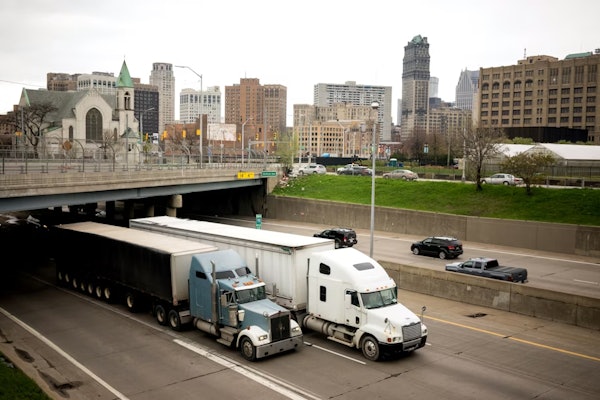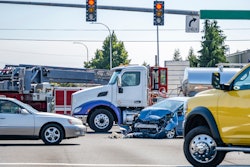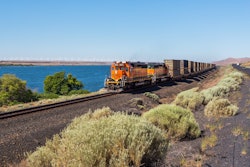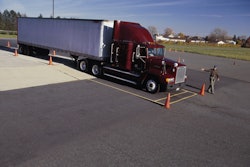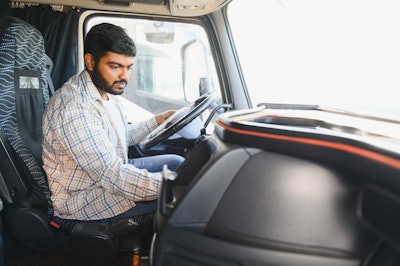
Fleets spend a lot of money investing in new equipment for various reasons, namely improved safety technologies and better fuel efficiency.
A quick skim of various 'drivers wanted' listings also shows late-model trucks listed among the things a fleet is offering its drivers, but rarely will you find listed the one thing drivers care most about: what kind of seat it has.

"I started in 1987," recalled Utah-based driver David Farnham, noting his affection for working show trucks. "The older—but very well kept—a tractor is, the better I like it."
With 88% this year, a comfortable seat has been No. 1 on the list every year of the What Drivers Want survey. Next is a late-model truck (54%), followed by an auxiliary power unit (51%) and a large sleeper (46%). Satellite radio (34%) rounds out the Top 5.
"Comfort is most important when being in trucks as long as we are," said Texas-based driver Brad Morgan.
A manual transmission, fewer safety features (including speed limiters), and a premium mattress in the bunk were among the other items listed by driver respondents.
"Air-ride is nice," Farnham noted. "We didn't have that in 1987. But, manual transmissions and no lane departure are a must for me. I do not mind the collision mitigation radar in the front bumper. That can save you in dense fog."
Love/hate relationship with tech
Drivers' view on safety technology varies depending on what it does and, in the case of cameras, which way it faces.
More than two-thirds (66%) of drivers responding to CCJ's query said forward-facing cameras have the greatest positive impact on truck driver safety, while a driver-facing camera was the top tech tool cited as having the greatest negative impact (70%). Speed limiters also received 70% of the vote for negative impact on safety, compared to 8% positive impact.
"There is no substitute for developing a safe and reliable driver than a solid, well-rounded one-on-one training program," added South Dakota driver Collin Heupel.
While not a technology, proper training was a top vote getter among respondents who selected the "other" option, along with hands-free/Bluetooth connection and reliable GPS.
Drivers in general had a negative view of advanced safety features like collision mitigation systems, lane departure warnings, and lane-keeping systems, with negative opinions outweighing positive by nearly 2:1.
"I don’t need a computer telling me how to drive," said Nebraska-based driver Rueben Armbruster.
Of the safety technologies mostly made available as standard equipment on new trucks, lane departure warning (25%) was the highest-scoring for positive impact on truck driver safety. Lane-keeping (14%) scored far lower and was cited by 40% of drivers as having a negative impact on driver safety.
Farnham claimed lane-keeping tech had personally caused for him three "major" near-miss accidents, and Armbruster added, "Computer-driven technologies are a hindrance to me driving and actually distract me even more than the existing distractions."
One technology drivers aren't concerned with is autonomous driving systems. Only 14% of respondents think self-driving technologies will eventually do away with the truck driver as we know it. The balance doesn't think the technology will be widely deployed (40%) or believes self-driving technologies will change the driver’s role, but there will always be a need for a person in the cab (46%).

